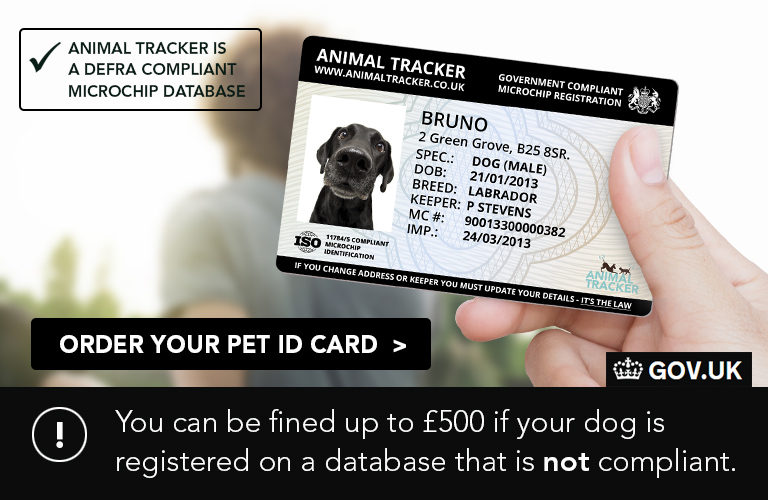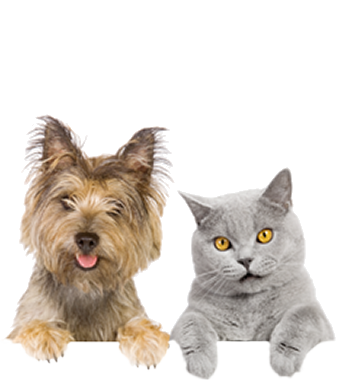Animal Tracker Pet Microchip Register
Legislation introduced in April 2016, states that it is compulsory for all owners to ensure their dog is microchipped by 8 weeks of age and their contact details stored and kept up to date in a DEFRA compliant, pet microchipping database. If they do not, they could face a fine of up to £500.
New legislation in 2023 states that cats must be implanted with a microchip before they reach the age of 20 weeks and their contact details stored and kept up to date in a DEFRA compliant, pet microchipping database. All owners must have their cat microchipped by 10 June 2024 and owners found not to have microchipped their cat will have 21 days to have one implanted or they could face a fine of up to £500.
The Microchipping of Cats and Dogs (England) Regulations 2023
All microchip training must be undertaken with an approved supplier such as Peddymark. Peddymark has been awarded approved status by Defra and The Secretary of State, The Scottish Secretary of State and The Welsh Assembly to train in England, Scotland and Wales respectively.
Find a microchip Implanter here.
Register a microchip here.
Become an Implanter here.
A microchip is recommended by the RSPCA, Dogs Trust and many other organisations as an effective way of permanently linking pets to their owners, increasing the chances of them being reunited if the animal is lost, stolen or strays.
Thousands of pets are lost every year and many are never reunited with their owners. We believe that microchipping is the most effective way of identifying a lost pet, chips don't come off like collars. Animal Tracker Microchips are designed to last for the life of a dog. They do not need to be charged or replaced.
How does microchipping work?
Once an animal has been microchipped with an Animal Tracker Microchip it has its own unique code number rather like an invisible barcode. The owner's details and the code are stored securely in the Animal Tracker database. When a lost or stolen animal is found, the code will be revealed by passing a scanner over the microchip. Then it's just a matter of matching the code with the database record.
Is microchipping easy to do?
Yes, it's as simple as an injection. A tiny microchip the size of a grain of rice is painlessly inserted under the animal's skin. Once in, the microchip is not visible, but can be read by the scanner.














